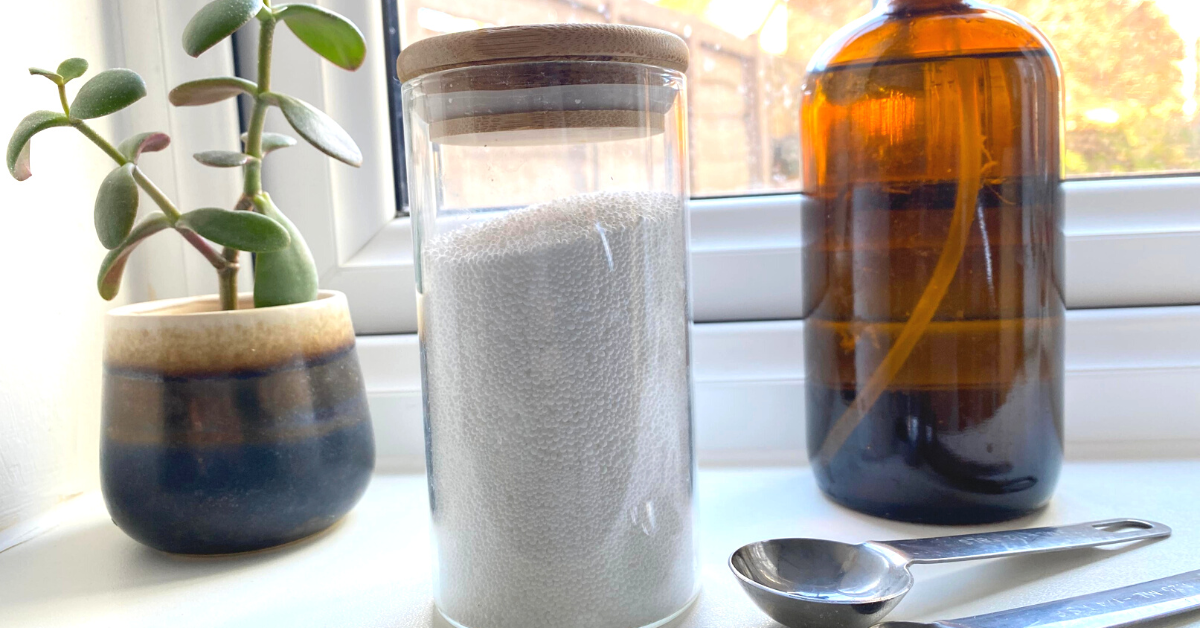
A Beginners Guide To Growing In A Greenhouse

*Collaborative Post
In the height of summer when the sun is shining, it’s easy to grow stuff in the garden. Any spare piece of grass can be planted on and you’ll have some great vegetables in no time. But when the cold weather starts to set in, it’s near impossible to keep stuff alive out there. There are winter vegetables that will grow, of course, but you’re limited in what you can grow in the cold. However, that doesn’t mean you can’t make good use of your garden during the winter. If you want to carry on growing warm-weather vegetables all year round, you need to get yourself a greenhouse. But don’t make the mistake of thinking that you can just put the greenhouse up and stick some vegetables in the ground and leave them to grow, there’s a little more to it than that. If you’re thinking about getting a greenhouse in the garden, read this beginner’s guide to get you started.
Choosing The Right Greenhouse
Before you buy your greenhouse, you need to work out what kind you need and how big you need it to be. The first thing to think about is what you want to grow in there. Decide on the vegetables that you want in there and do a bit of research into how much space they need to grow effectively. If you cram too much into a small space, they’ll fight for the nutrients in the soil and they won’t grow properly. It’s also worth thinking about leaving some space for natural pesticides. Instead of using chemicals to keep bugs away from your prize vegetables, you can use a natural solution instead. Planting Bay leaves, Dill or Fennel will deter any pests without the need for expensive and possibly damaging pesticides.
Once you’ve worked out how much space you’ll need, you can start deciding where it’s going to go in the garden. You need to pick a spot that gets a good amount of sunlight, but makes the best use of the space in the garden. If you put it right in the centre, you’re wasting a lot of space around it. It’s better to put it in a corner where possible so you can still use the rest of the garden. You could also consider getting an attached greenhouse that uses one of the walls from the house or the garage to minimize the space that it takes up.
Finally, you need to decide what glazing you’re going to use. Glass is good but it can be pretty expensive. The cheapest option is plastic sheeting but it will deteriorate quickly and need replacing more often. The best thing to go for is polycarbonate, it’s cheaper than glass but more robust than plastic. If you’ve considered the things stated above and decided on what you will be getting, last thing to see are the BestofMachinery reviewed greenhouses.

Added Extras
Now that you’ve got your greenhouse set up, you need to think about the extras that you’re going to put inside. This all depends on how much you want to spend on the greenhouse. You can get away without any of this stuff but if you want to get the most out of it, it’s worth spending the money. It’s a common misconception that a greenhouse sucks up heat during the day and stores it all at night. It does keep heat in but you’ll still lose a lot during the night. If you’re planning on growing anything that needs a particularly warm climate, it’s worth investing in a heater.
A cheaper alternative to a heater is to place large barrels of water in the corners of the greenhouse which will suck up heat and keep it in better than the greenhouse alone.
Good ventilation is important as well because you need to maintain the right temperature. Opening the vents in the greenhouse goes some way to maintaining the temperature but if you want to be more precise, you should think about getting a ventilation system. This is especially important if you’re growing plants that need to be kept at a very specific, constant temperature. Things like tomatoes will die if they are subjected to lots of temperature fluctuations.
It’s important to put your greenhouse in a sunny area but some plants don’t do well in constant sunlight so you need to monitor the amount that they’re getting. You can get shade sheets that attach to the top of the greenhouse and then roll them down to give the plants shade when they need it. When you’re organizing your plants, put ones that need constant sunlight in one half and ones that need shade in the other.
Growing successfully in a greenhouse isn’t as easy as people think, so make sure you follow this guide before you get planting.

*This is a collaborative post. For further information please refer to my disclosure page.




